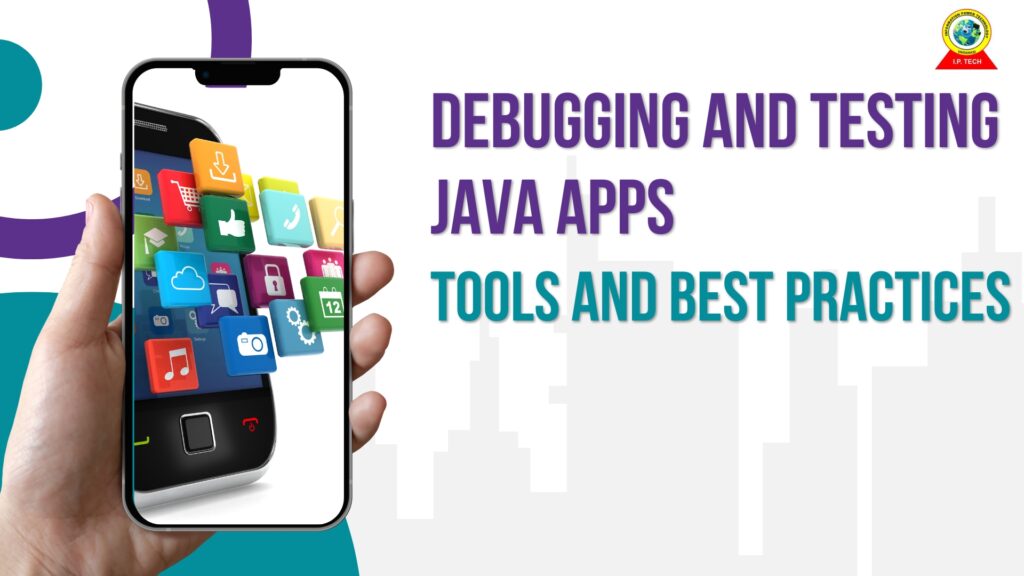Debugging and Testing Java Apps: Tools and Best Practices
Developing stable and dependable Java apps requires both debugging and testing. You may drastically improve the caliber of your code and reduce errors by utilizing the appropriate resources and best practices. We’ll go over essential tools and recommended practices for testing and debugging Java applications in this blog.
1. Recognizing the Value of Debugging Java Applications
Finding and resolving coding faults is the process of debugging. It’s essential to make sure your Java application functions properly and runs smoothly. By identifying problems early on, debugging helps you avoid possible problems in production. You can increase your Java application’s dependability and stability by debugging it extensively.
2. Important Java App Debugging Tools
Eclipse Debugging
One of the most widely used Integrated Development Environments (IDEs) for Java is Eclipse. Its integrated debugger makes it simpler to find and address flaws in your Java application with its strong capabilities, which include variable inspection, step execution, and breakpoints.
IntelliJ Idea
Another popular IDE with strong debugging features is IntelliJ IDEA. With its intuitive UI, intelligent code completion, and powerful debugging capabilities, it makes debugging Java code easier for developers.
Java Debugger, or JDB
The JDK comes with a command-line debugger called JDB. It offers a simple yet efficient method for debugging Java applications, which is particularly helpful for developers who would rather work in a terminal environment.
3. Best Methods for Debugging Java Applications
Make Good Use of Breakpoints
With breakpoints, you can inspect the state of your program by pausing the Java application’s execution at specified intervals. Breakpoints can be strategically used to better identify and comprehend problems.
Keep Your Code Modular and Simple.
Debugging simpler and more modular code is simpler. Dividing your code into smaller, more digestible chunks will help you find and repair problems more quickly. To maintain your Java application neat and well-structured, adhere to coding standards and best practices.
Make Use of Logging
One of the most useful tools for debugging is logging. Important details and error messages can be logged to help you understand how your Java application behaves. Utilize logging frameworks such as Log4j or SLF4J to incorporate thorough logging into your application.
4. Java App Testing: Guaranteeing Dependability and Quality
A crucial part of developing a Java app is testing to make sure your code functions as intended and satisfies user needs. There are several kinds of testing that you ought to do for your Java application:
Testing Units
Unit testing is the process of evaluating your Java application’s individual methods or components separately. A popular framework for Java unit testing is called JUnit. You can ensure that your code is correct and identify problems early in the development process by creating unit tests.
Integration Examination
The main goal of integration testing is to examine how your Java application’s various modules or components interact with one another. It guarantees that their collaboration is as planned. You can carry out efficient integration with the aid of programs like TestNG and Arquillian.
5. Java Application Testing Best Practices
Automate Your Examinations
You can maintain consistency and save time by automating your testing. Automate the running of your tests with technologies like Maven or Gradle to make it simpler to run them frequently and identify regressions early.
Create Detailed Test Cases
Detailed test cases assist you in covering all possible outcomes and edge cases for your Java application. Write thorough tests for all important features and components in order to attain high test coverage.
Constant Testing and Continuous Integration
Make sure your Java application is constantly in a releaseable state by putting continuous integration (CI) and continuous testing (CT) procedures into practice. Automating the build, testing, and deployment processes with tools like Travis CI, CircleCI, and Jenkins can assist provide real-time feedback on code changes.
In summary
Developing Java applications of the highest caliber requires testing and debugging. You may improve the stability, dependability, and performance of your applications by utilizing the appropriate tools and adhering to best practices. Whether you are a novice or an experienced Java developer, implementing these principles into your process will assist you in producing reliable and error-free Java applications.
